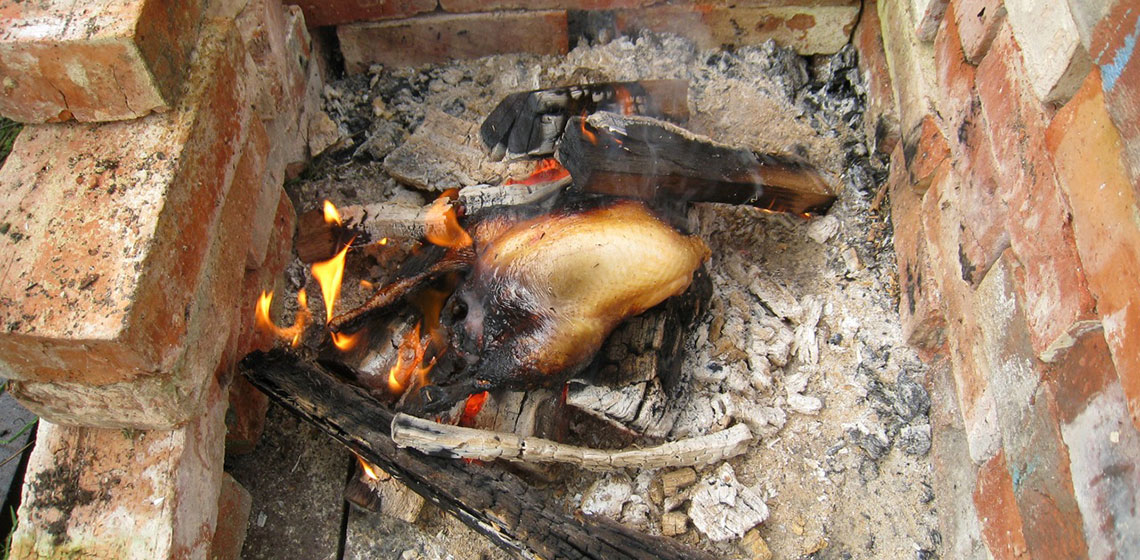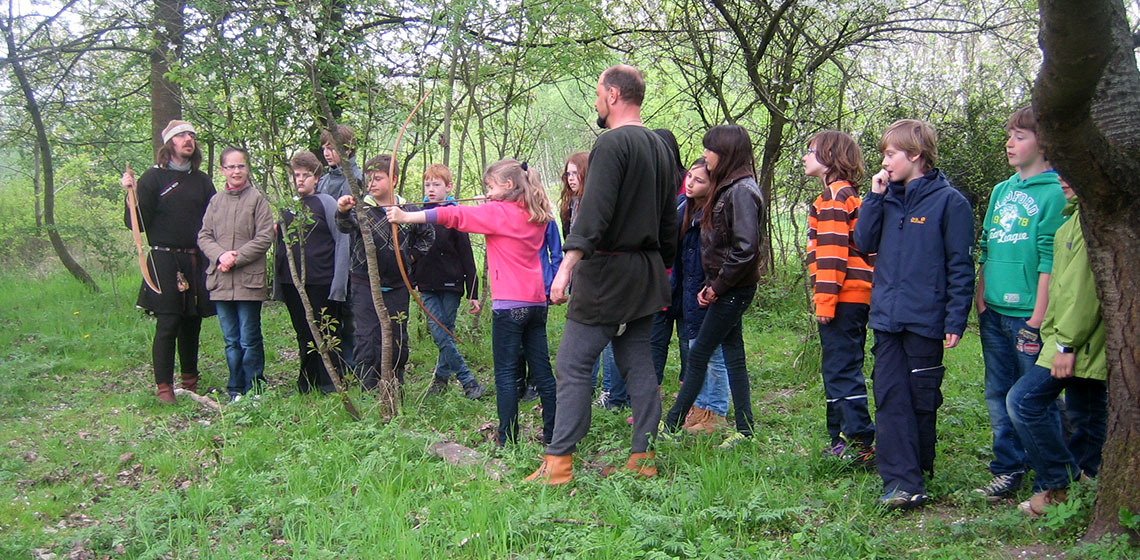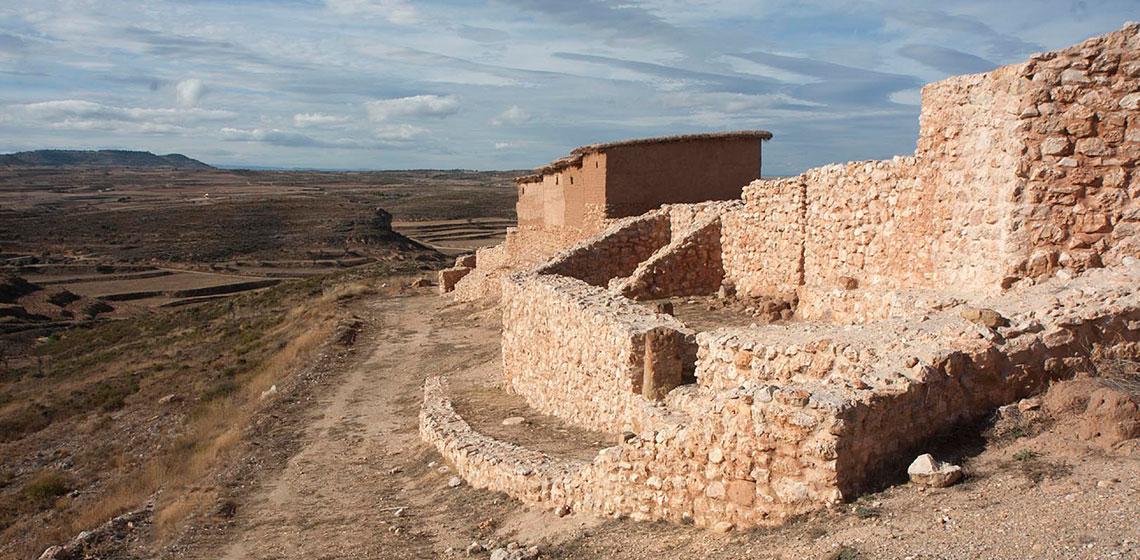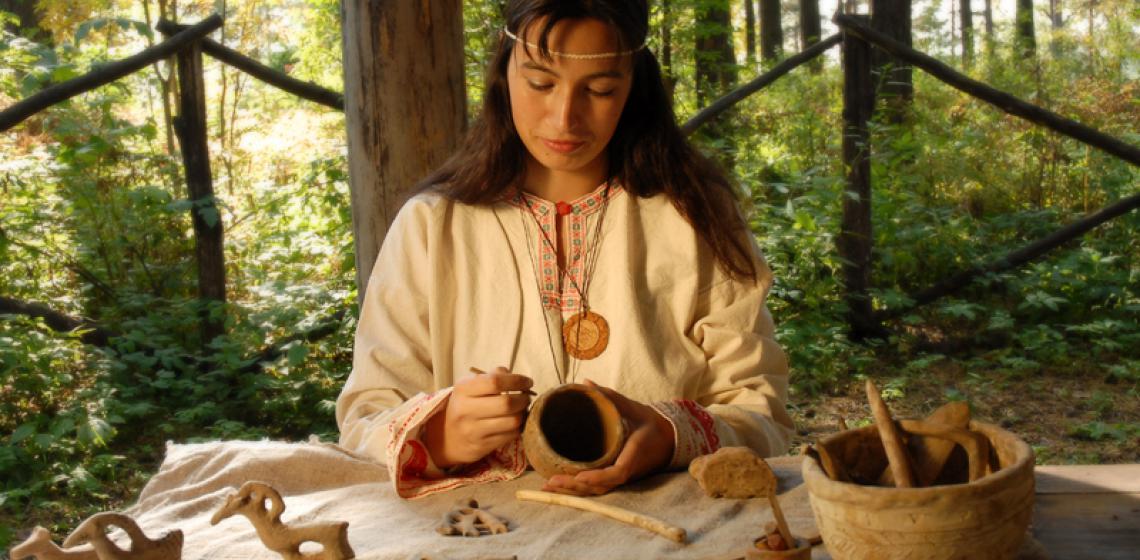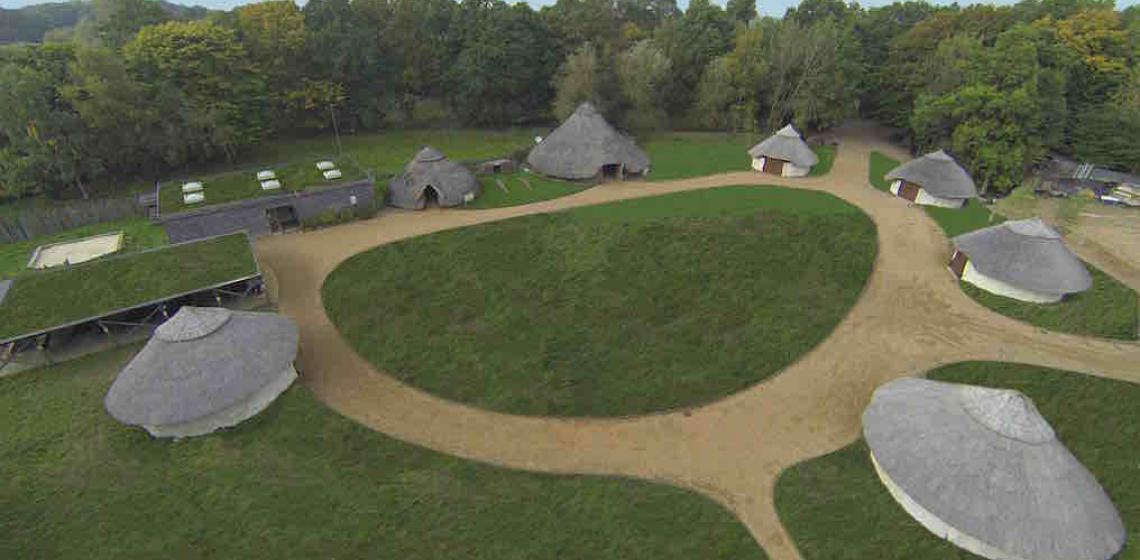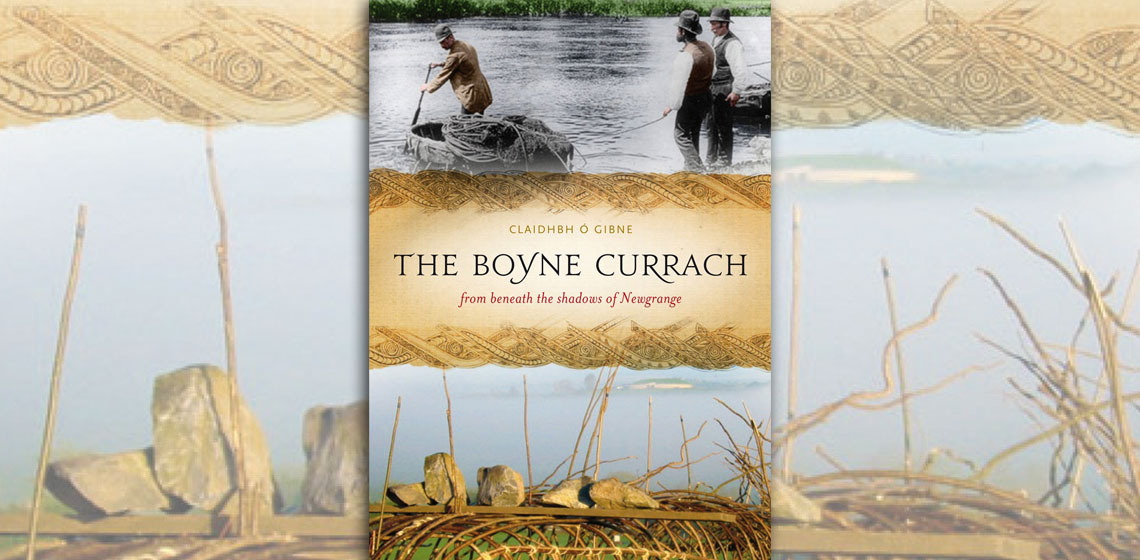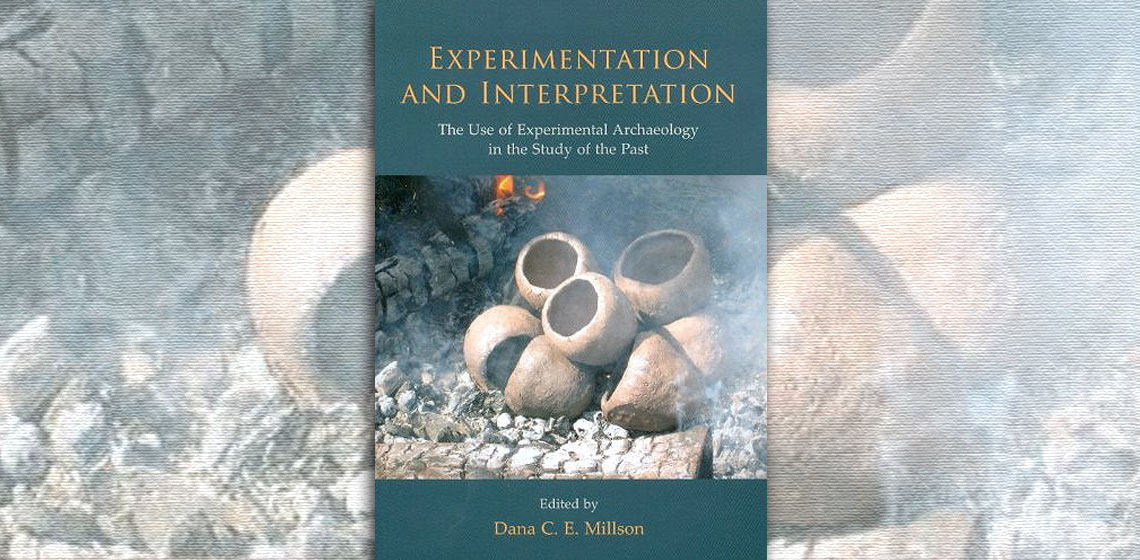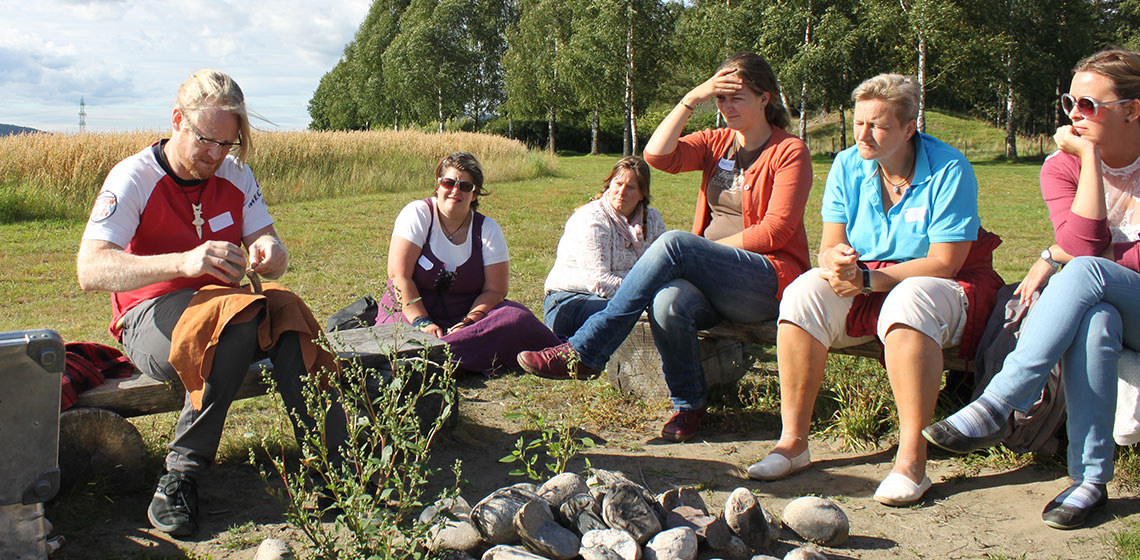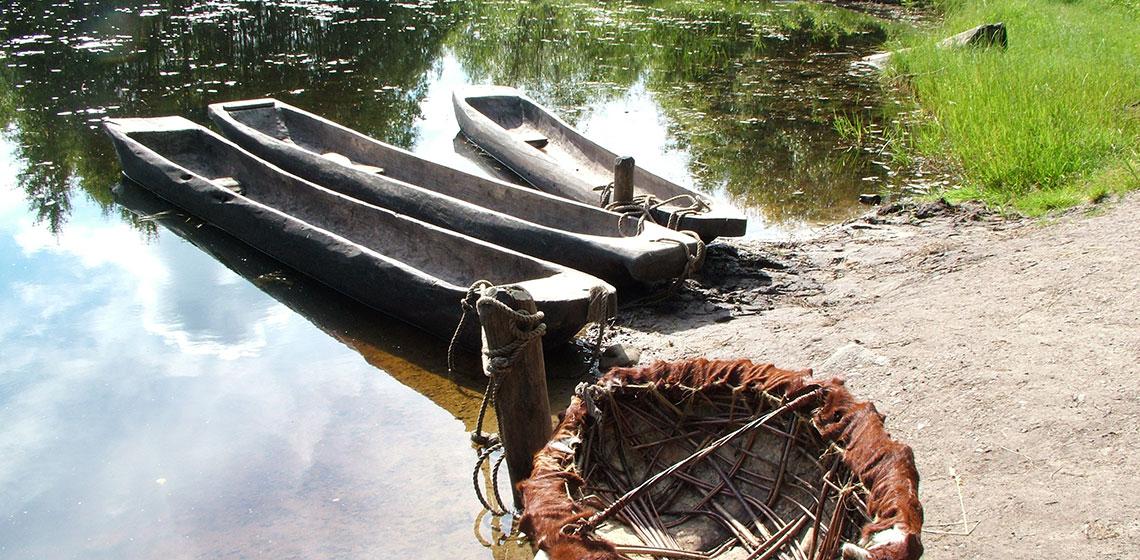In Kemerovskaya Oblast, near the village Pisanaya you will find the Historical, Cultural and Natural Museum-preserve “Tomskaya Pisanitsa”. Its main attraction are petroglyphs and cave paintings. The exhibition “Ancient Dwellings” illustrates the housing traditions and architecture of peoples of the Central Siberia in the ancient time, from the late Stone Age (the Upper Paleolithic, about 45 - 30 thousand years BC).
In Kemerovskaya Oblast, near the village Pisanaya you will find the Historical, Cultural and Natural Museum-preserve “Tomskaya Pisanitsa” (Томская писаница). Its main attraction are petroglyphs and cave paintings. The exhibition “Ancient Dwellings” illustrates the housing traditions and architecture of peoples of the Central Siberia in the ancient time...

